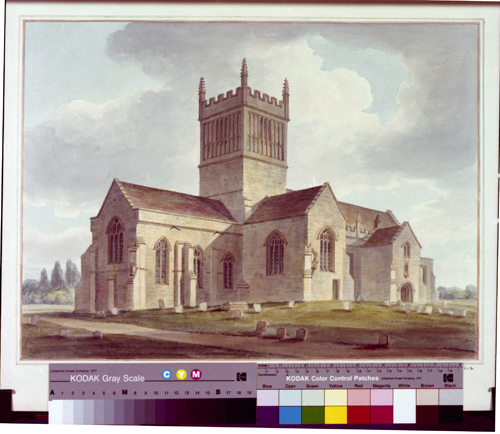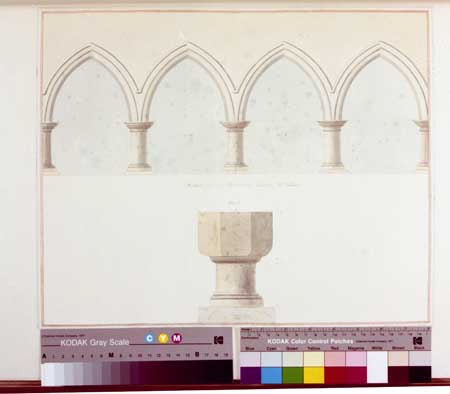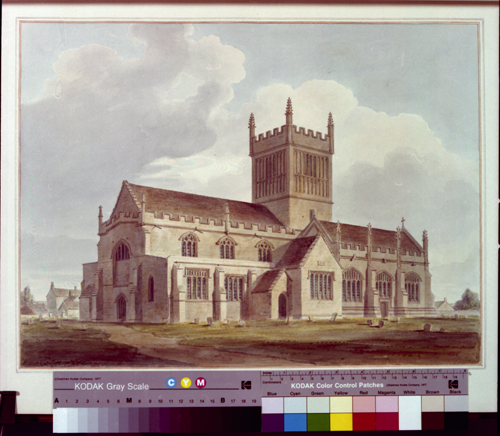St Michael’s Church - Melksham
Volunteer Anna takes a look at one of our local churches...
Like most churches, St Michael’s Church has a rich history and its architecture is recognised through its Grade II* listing. Being the parish church (for the Church of England) for Melksham, it has great importance for the area. The Church has undergone several restorations and extensions during the 14th, 15th and 19th centuries, but there are still Norman remains erected c.1130, especially the lower part of the East, North and South Walls.
St Michael’s was first recorded as a church in the Domesday Book in 1086, but it wasn’t until 1220 when it became the possession of Salisbury Cathedral, the main diocese for Salisbury and areas in Wiltshire, Dorset and Hampshire. Before this, Melksham’s Anglican parishes were in Seend and Erlestoke, with another, at Shaw ,in the 14th Century. Only in the 19th Century did this change, giving the Church it’s own recognised parish.
Over the years, St Michael’s has seen a lot of money been spent on it to make it more elaborate and fashionable. Perhaps one of the first examples of this is when six bells were cast in the old tower. Despite these being removed when the tower was being relocated, they were re-hung in 1896. Two new bells were added, with the inscriptions cast by Mears (of London), saying, ‘Sanctus Sanctus Sanctus’ and ‘Laus Tibi Domine’. Similarly, in 1808, a sundial was put against the Church (now seen over the Chapel), paid for by George Gay at a price of £2,108.
Alongside the smaller changes, the 19th Century saw the biggest architectural changes for the Church. Overseeing this was T.H. Wyatt. During 1845, the tower from the 1500s was moved to the West end of the Church, allowing for a vestry and chapel on the North side. There was a floor plan found for the Church around this time, where one seat was located in the Chapel. It is expected that this was owned by Mr Long, with a door leading up to a staircase for his use. A year later, the entire South Wall was rebuilt and dozens of alterations were made on the aisle. In 1894, a rederos was added, carved out of limestone by C.E. Ponting, alongside an oak screen at the chancel. Thirteen years earlier, Ward and Hughes put stained glass in the nave and chancel, adding to the beautifying of the Church.
This church continues to be in use, with Holy Communion every Sunday and a Children’s Club.
Article by student volunteer Anna Hallett




